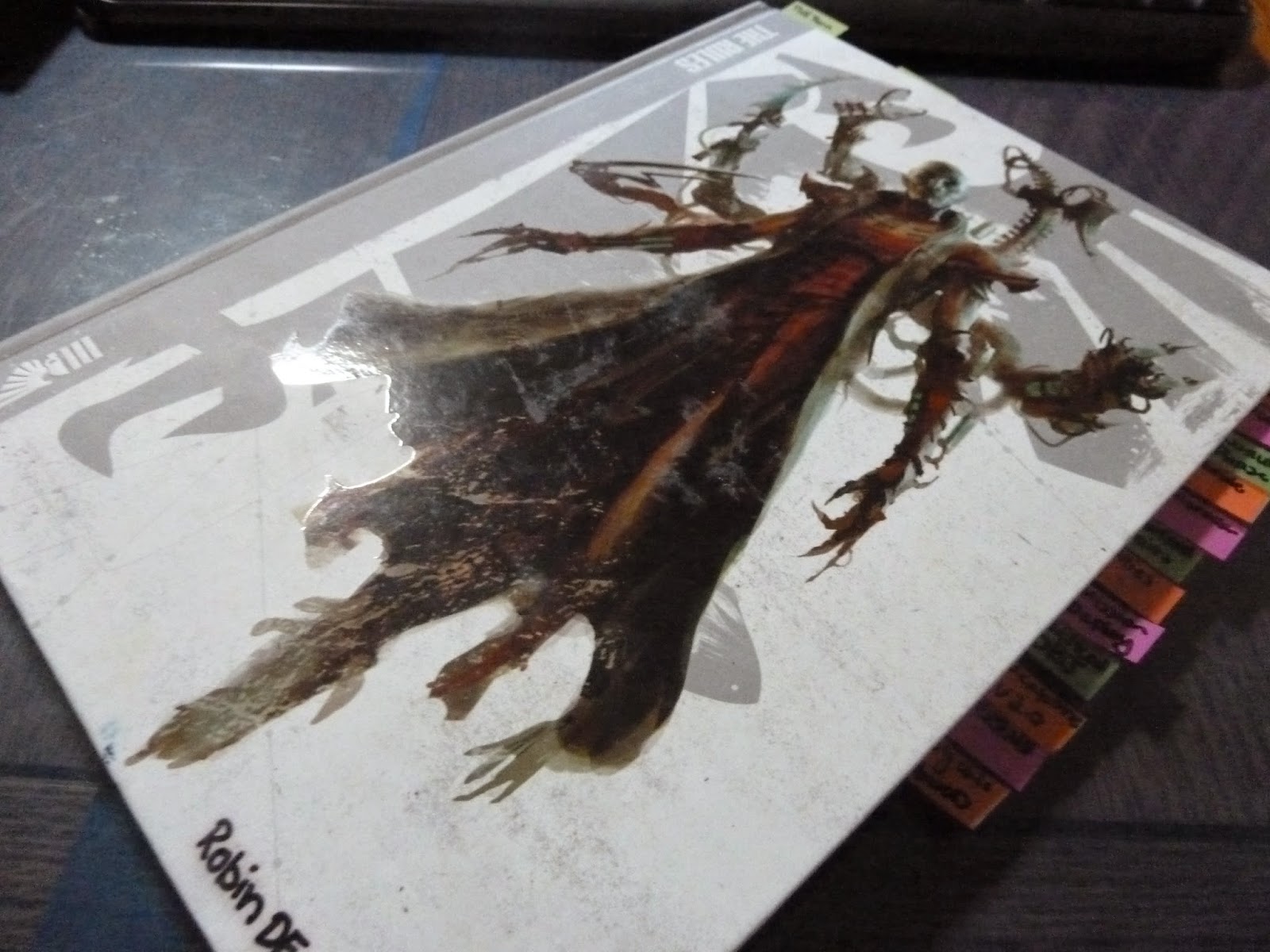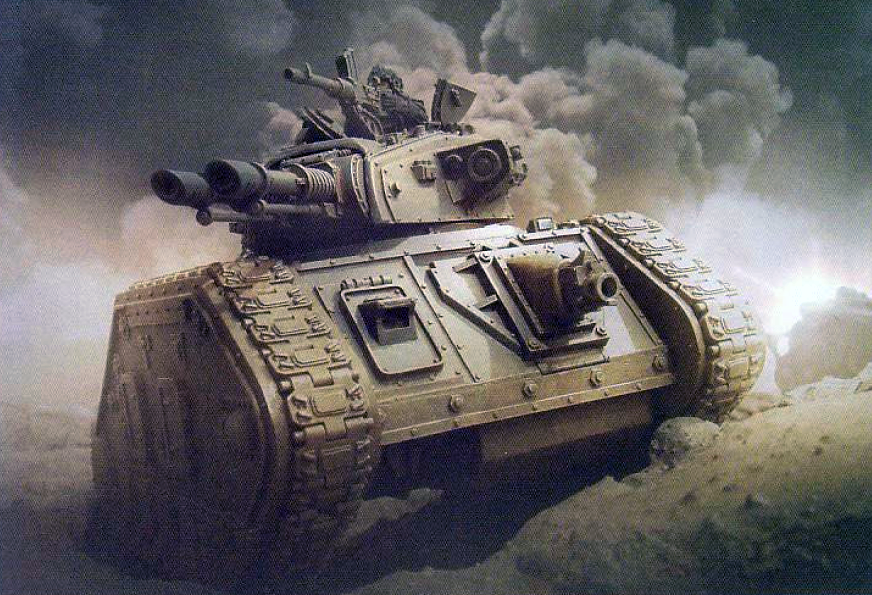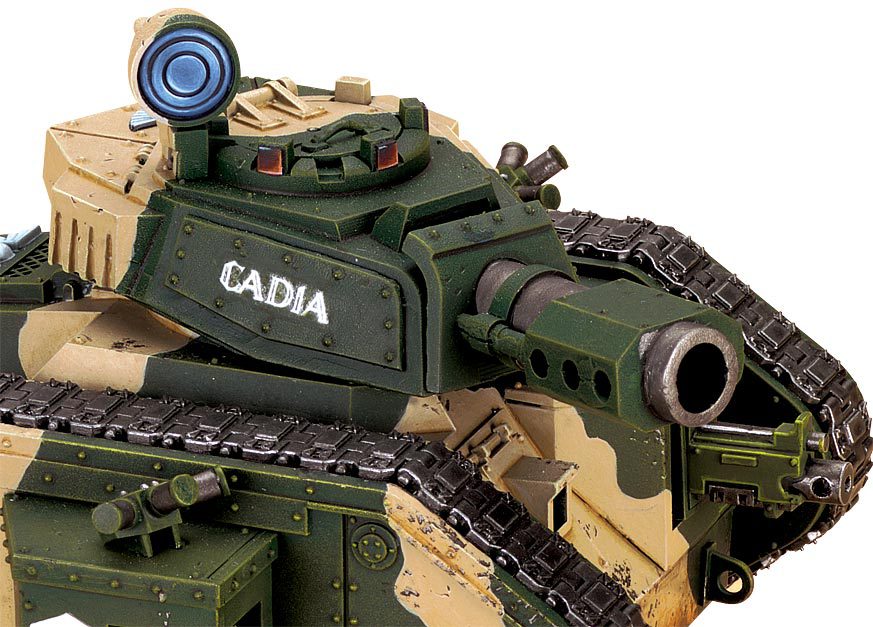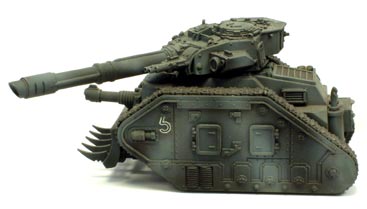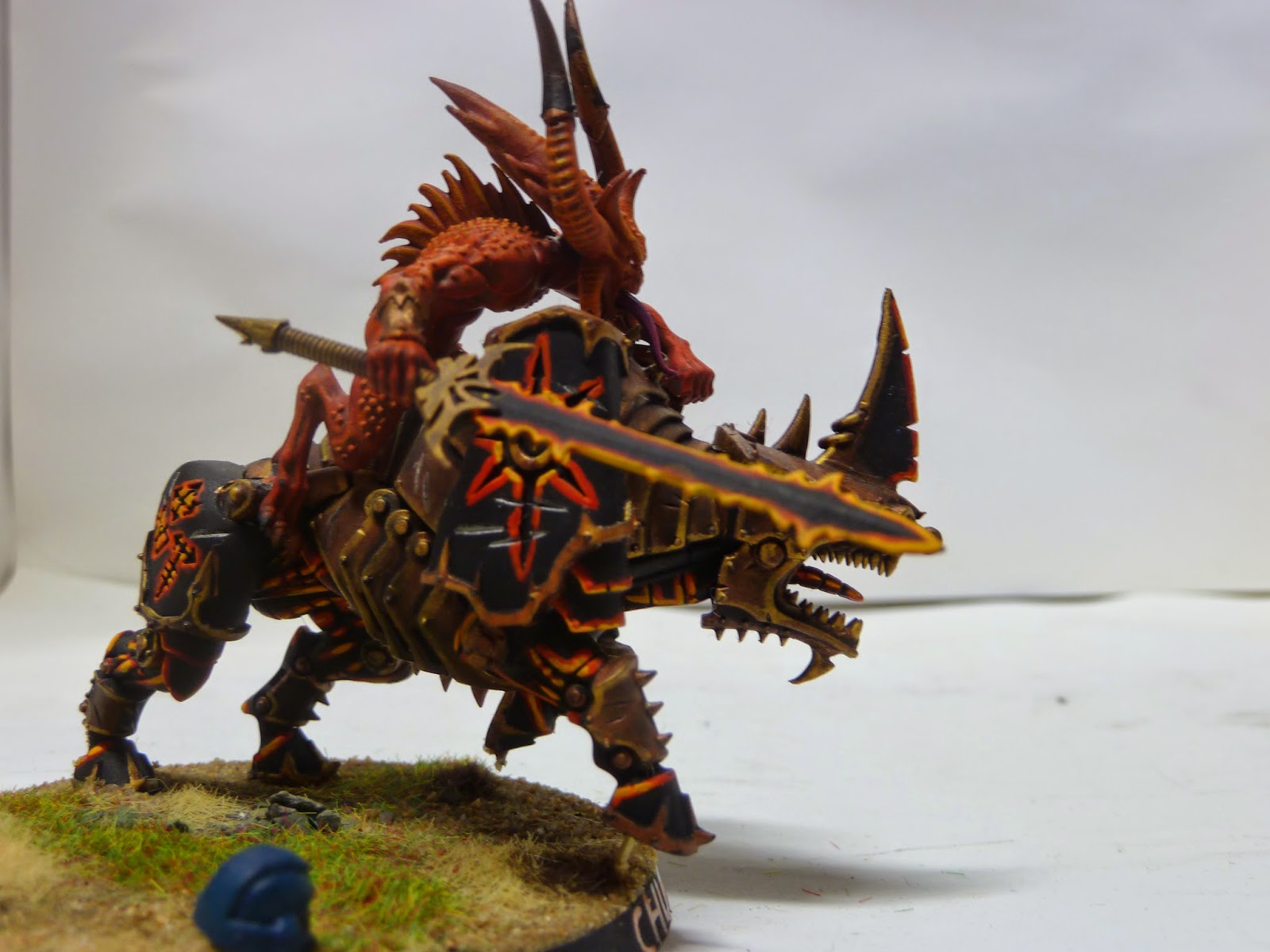Preface
So, you've decided to make a change. 40k's feeling stale, or maybe you just want to play something that's grounded in reality. Maybe, you just want to play something that doesn't force you to get wailed on before you get a chance to play. Whatever the story, I hope you come to Bolt Action looking for fun and not for balance. While BA is at its very core very balanced, there are certain tools, and certain units which are unreasonably priced. Certain weapons do an unreasonable amount of hurt when they hit, but everyone can take them.
The good news is that Bolt action will be familiar to the new player who's played 40k, while still playing differently enough to feel vital and enjoyable. To put it in analogy, Imagine Bolt Action like changing the flavour of your cereal choice; It's familiar while being still being fresh.
The Order System
The Order System is only the second biggest part of Bolt action, but it's clearly the more necessary to discuss first up. In bolt Action, each player has a pool of 'Order Dice'. These are usually specially printed dice that are used to indicate the action that unit has taken (if and when it takes that action.) While any dice that are the same size and style will do, using the actual order dice is very useful - it's also important that they differ in colour, as we'll get to later.
Now, let's have a look at the way Activating units works. No player "Goes first" as such in bolt action - one player takes the first action. An Action is literally giving orders to a unit. Anything from ordering it to shit its pants and hit the deck to firing on a number of targets and giving coordinates for an artillery or aerial strike. Who gets to take the first action is defined by putting all dice into a cup (or pouch) and having a player draw a dice from the bag. if that dice is his colour, he takes an action, with the opposite being true. While this can lead long streaks of one player getting multiple turns, but this usually means the other player will get more turns. Finally, this also has the awesome effect of allowing players to do quick fractional math to get the odds of them going next or in future turns - something I tend to really enjoy. The only downside of this system is that it gives an advantage to the player who runs multiple units, rather than allowing units to take larger units and bigger tanks.
Finally, let's look at what can be done during a player's action. There are 6 potential orders - convenient, given the number of dice sides that exist. These six are: Advance Ambush, Down, Fire, Rally, Run,
- Avance lets your unit move a short distance, doing neither at full effectiveness. Some units cannot move and fire even when Advancing, others can fire effectively on the move.
- Ambush lets your unit forgo acting to instead interrupt an enemy unit's action - useful for keeping units pinned in place, or forcing them to move into range when used in conjunction with things that fire indirectly (see: Shooting)
- Down is like going to ground in 40k - it gives the player a slight cover bonus, and allows them to recover one pinning marker. (read: Pinning) It's also used to represent units that have forgone actions.
- Fire: Exactly what it sounds like. Lets the soldier fire at full effectiveness. This is the order for units that can't move and shoot.
- Rally: This interesting order allows the player to forgo an action to increase the squad's morale. This one isn't the most used, and when you want it to go off it probably won't but it is the most tactically overlooked order of the six.
- Run: This lets units move at double the rate they would advance at. Of course, they can't fire while doing this. Run is also used to represent charging.
Note that every unit only gets the one action per turn (with some notable exceptions) so don't expect a unit to move on activation then fire another - they do all their action to moment you put that order dice down.
Pinning
Now We'll look at Bolt Action's (excellent) take on pinning. Before you read this, throw out everything you understand about pinning in 40k. To put it politely, 40k pretends pinning is an occasional thing. This game sees it as the centre of combat, where it belongs.

Let's start at the beginning. Because you need to know it to proceed, units have a morale value dependent on their quality. Experienced soldiers have a value of 10, Regular, trained soldiers that have seen little or some combat have a value of 9. Irregular (inexperienced) or hastily trained soldiers have a value of 8. Every time a unit is given an order, they must roll a morale check (the same as 40k's leadership checks), passing this automatically (unless excepted) if they have no pinning markers on them. These are used in the same way as 40k, although you should think of a unit with morale 10 as being about morale 8 in 40k. Even putting a single pinning marker on a unit is enough to force down their chance of acting that turn quite significantly - Even the most veteran of infantry with one pin are reduced to only completing an order 5/6 times they try to act. IF they fail this test, they go 'down' and do nothing, getting a small bonus for it. Finally, it's worth noting two further things: A soldier who has his morale reduced to 0 or lower (after all modifiers) is automatically defeated and removed from play, meaning you can destroy a squad without killing a man. The second is that even should a unit that is pinned pass a morale check, if they still have pin markers on them they will not shoot as effectively as they could have otherwise.
The reverse of this is that a unit that acts out an order automatically loses a single pin marker - more if they rally. This means putting multiple pin markers on units becomes imperative. With three pin markers on it, a unit will be rendered basically ineffective. Stay out of assault range (read: combat) and that unit will probably not act effectively. Just remember, every turn they go down they drop a pin marker, meaning that you should continue to put a bit of firepower on dangerous squads so they're out for the whole game, or at least ineffective for the whole game.
Shooting
Now, I know what you're thinking. "So we've looked at orders and at pinning, okay! Let's get to the meat of this game: killing stuff!" Unfortunately, you're wrong if you're thinking this. While it is possible to annihilate your opponent, rarely is it the aim of the game (y'know, like real wars?) and playing even two games of Bolt Action you will realise this very quickly. The first thing to know about Shooting in Bolt Action is the system, so I will start there. After that, the effects will be discussed and we will finish with what you should aim to accomplish by shooting at something.
The first thing is that All units technically hit on a 3+. In a perfect world, where no modifiers apply every unit would hit 67% of the time. Of course, modifiers exist. Most detract from your chance to hit - pinning, experience, long range, cover and movement all have a negative impact on shooting, with there only being one universal bonus and only one unit that gets a bonus outside of that. On Average, a rifle team will be hitting on 5's, so this should be the baseline when deciding how well a squad should perform when shooting (6's for inexperienced units) It's worth noting that a unit can still hit if he would have to hit on better than a 6+, this becomes the astronomically small 6+/6+ - 2.7% chance, and you can hit on these odds for to hit rolls that would equate to 7, 8 or 9+, so once you must enter the realm of 6+/6+, don't be afraid of shoving yourself even further up that tree. After units have hit, they need to wound. This is done in a sense familiar to 40k. When shooting at infantry, 3's are needed to wound inexperienced soldiers, 4's for regulars and 5's veterans. 6's, and better to wound values exist, but these are saved for special units and vehicles so I won't comment on them here. Unlike 40k, weapons don't have a strength value, instead, certain weapons (heavy weapons - anything capable of scratching light armour at the very least) wound targets on slightly to extremely well compared to small arms (which use the natural to wound values, being unable to harm 7+ or better).

While all units can potentially take a casualty or damage from a hit from a weapon, any unit hit by a weapon will take a pin (not always the case with armour, but this is a different story) marker regardless of whether they take a casualty/damage or not. This means putting three units hitting on 5's rolling at least 3 dice each should put 3 pins on a target, which is ideal. If you do no damage but put 3 pins on a unit, you've done enough for a turn. If you do manage to reduce a squad's size, aim to reduce it below 50%, or to one man for special weapon teams. upon being reduced to these sizes, squads become less efficient and less likely to pass morale checks. You also take morale checks more often, some of which can result in the unit being destroyed without taking further casualties.
To summarise, shooting should not be used to completely destroy units - put 2 at the least, 4 at the most pins on a target and move on. It will be shut down, or at least, ineffective for the next turn. Remember to service each of your opponents important units with at least 2-3 pins and you will shut them down for the whole game.
Combat
Combat in 40k is extremely cut and thrust. Units are usually defeated at the end of a combat and for the most part, they die immediately. The same is true in bolt action, although bolt action refuses to allow players the satisfaction of simply tying up another unit. With the exception of vehicular combat, combats are over in one action, period.
In this section we will look at how a unit is given the order and completes a charge. One orders a unit to charge by giving the run order. The unit can then charge up to 12" (more for cavalry - yes, there are polish lancers and Florian Geyer Cavalry!) or 6" if moving through rough terrain. Unless the defender is defending a wall or similar barrier, the charger always strikes first. Of course, the defender can take a number of actions, assuming it has not already acted that turn (and the charging unit is not too close!), and assuming it passes its order test, the unit may fire on the target in the same way as overwatch in 40k. Except, that this shooting is done without the dumb "snap shots" rules and treats this shooting attack as just another fire order. All normal modifiers apply. Assuming the squad is in range and is not destroyed by overwatch, it charges into base contact and then the combat is fought.
Now, how to kill soldiers in combat: Every model from the attacking side rolls a single dice (more in certain situations). If this dice scores well enough to wound the target - remember, 3+ for inexperienced, 4+ for regulars and 5+ for veterans. There is no roll to hit. Casualties are removed and (unless fighting over a barrier) don't get to fight back. The player who takes more casualties is the loser, and unless he has a special rule that states otherwise, is destroyed. If the two sides tie, they re-fight to combat until one side wins - there are no ongoing combats.
There is one interesting rule that is intertwined with the combat rules, and it becomes the central reason that non-beatstick (hint: they exist) squads might charge into combat. This is the rule that states that a unit that is in combat loses all of its pins. If you have a full or high strength unit, and need it to shake its pins, then you may charge it to another unit (preferably one it will beat in combat) and remove all of its pin markers as a result. This does remove the target's pin markers too, meaning that you have to be sure you'll win if charging a unit that has pins on it.
Also, charging simply is more effective at causing casualties. While it does ensure you take some casualties in return, you reduce your chance of whiffing by the number of to hit rolls you would've failed - pin markers don't matter in combat, and there are no to hit rolls so you're just relying on quantity and quality in that fight.
Similarities to 40k
So, everyone already knows Bolt Action is made by the same guys who wrote 40k and its supplemental work. There's Cavatore, Priestly and many more fine writers from the old days. 40k shares with bolt action the 12" mentality, the D6 centrality and the points system. Realistically, the similarities end there. There are next to no saves in bolt action, there are modifiers, combat is different and more extreme, and the game is usually smaller. It's just altogether very tactical. Unlike 40k, you shouldn't be looking for the turn 4 table army, but at the army that can hold its shit while breaking its opponents. Sure, Bolt action is a little broken. The Finnish seem to get every rule from here to the sun, and flamethrowers are god mode, and buildings can only be destroyed by high explosives. Armour has real survivability and its price is extreme to cover this fact. Where a Rhino is about two and a half the price of a space marine, a Hanomag - the quintessential halftrack - is 9 times the price of a regular panzergrenadier - and it can't even shoot unless there's someone there manning the thing.
Different ideologies also exist in bolt action. Units aren't forced to shoot their anti tank weapons to the exclusion of their rifles, and tanks can target multiple units if they have multiple weapons, bullets don't stop flying because they hit the edge of their range, because this is not the Call of Duty of Wargaming. These all add up to make bolt action just a little fresher than 40k. While there are still "that's dumb" moments, most of the rules seem like moves in the right direction when compared to 40k. Some things are frustrating and confusing, especially with pricing - for example, a StuG III costs 230 points, while a Pz IV costs 235. For 5 points, a Pz IV has a turret mounted gun of the same caliber, (huge, since tanks can't pivot on the spot normally), and a coaxial MMG. While the Pz. IV Can't fire both the Coax and the main gun at the same time, having access to the coax means that it can put more pins on targets more reliably than shooting its main gun. Another example of this is the two Multiple rocket Launcher half-track variants available to the Germans. The Panzerwerfer is 115 points, 130 with an MMG. For this, it's 7+ with a 360 degree multiple rocket launcher (read on later to understand how these work.) The Stuka Zu Fuss, however, is exactly the same - 130 points for a 7+ chassis with an MMG and MRL. However, in this case the MRL is limited to the front arc. It's small, but it's unaccounted for and that frustrates me.
Missions
The missions for Bolt Action are frustrating. They aren't really designed not to be developed upon and are more of a template than something you can play a pickup game with. As such, there's only one mission suitable for pickup games, and that one doesn't suit all army's at least reasonably, severly hurting certain army builds. This means tournaments have to make their own missions to allow players to get a fair game out of it, and can be limiting in playing with people you aren't mates with.
Armour and the Focus
I've left Armour until the last, and coupled it with the Focus for a good reason. It wasn't and isn't the focus of this entry, or of bolt action. The humble foot soldier will do most of your work, and pins are the focus of this game.
Anyway, there are a couple notes on tanks. First of all all kinds of vehicles are represented, with different armour values. Soft skinned vehicles, Jeeps and trucks are wounded by any weapon - rifles, anti-tank guns and flamethrowers - on a 6+ (before modifiers). Lightly armoured vehicles like early tanks, armoured cars and half tracks have an armour value of 7+, so need to be penned (like 40k). As an example, a LAT (Light Anti-tank gun) has a 4+ to pen, so needs a 3 to do superficial damage (a glance) and a 4 to do a pen. (Again, familiar to 40k.) A Light tank is an 8+, and this goes up to 11+ - 11+ are Super heavy tanks and are saved for the likes of the King Tiger and other Extremely heavily armored tanks.
Part of what makes tanks so necessarily expensive is that they live forever. Not literally, of course, but you would be getting very unlucky to lose a 9+ vehicle before turn 4 an 11+ tank shouldn't die unless it gets assaulted or you screw up pretty badly. This makes tanks seem worthwhile, if a little expensive, in bolt action. Remember they won't ever be the focus of your game, so you shouldn't load up on them.
So, what is the focus then? Is it the heavy weapons teams, the artillery, the challenge caddy officers that totally must exist? No. The focus is the grunts. Where it belongs. An army that consists of 12 order dice, 10 infantry squads of 8 men and 2 officers (about 1,100 points) is solid. An army of 40 men with some good reinforcement is solid. There is no ultimate build, although there is efficiency. Regardless of the list's design, troops will be important.
Final Statement
Bolt action is a move in the right direction. By right, I mean that it is a good, sideways swap from 40k. You will still feel like you're playing something you've played before, but you won't ever feel like you're playing something as hopelessly broken as 40k. I make no illusions that this game has no holes. IT has them. You can exploit them. But you won't win just because you exploit them. Another nice thing I might add, before I leave, is that one can comfortably expect about 30 (plastic) miniatures for the same price as 10 tactical marines. Since about 60 infantry models is enough to make any army up to about 1,250 points, you can be playing a full-size game after dropping as little as $200 - 80 AUD for books and maybe $120 AUD for 2 boxes and some extras.
I invite anyone to try bolt action, and I would love to hear from you if you have any questions. Over the next few months I plan on releasing a series of posts focusing on the game's many facets, then going through the units of each army. Posts like this one would be regularly produced on Mondays, while a 'history resource' - literally something to allow players to write lists that are more historically charged - will be produced on a Friday. These will be kept in a page for easy access like my 40k codex reviews and should hopefully allow people to read enough to have a holistic understanding of bolt action.
As I Said, I welcome comments, criticism, questions and requests. I relish in it, in fact. Please feel free to leave a comment below, or if you don't wish to comment publicly feel free to contact me at
diaord@hotmail.com To find out more about Bolt Action,
click here.



